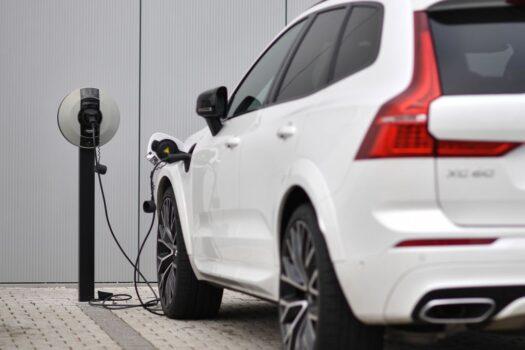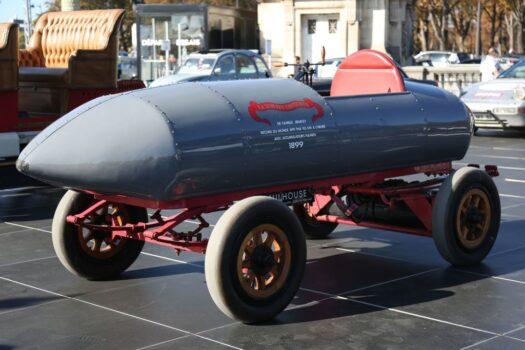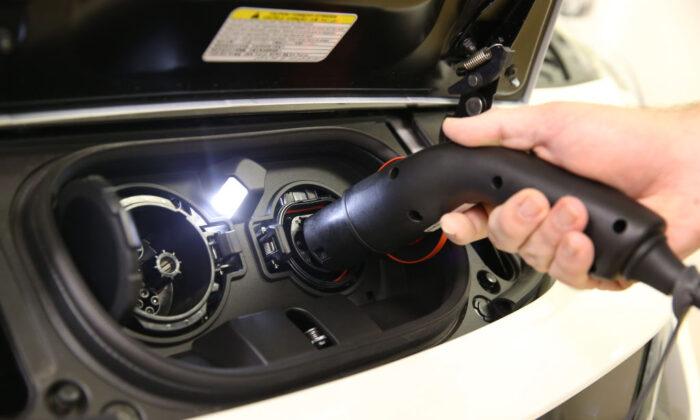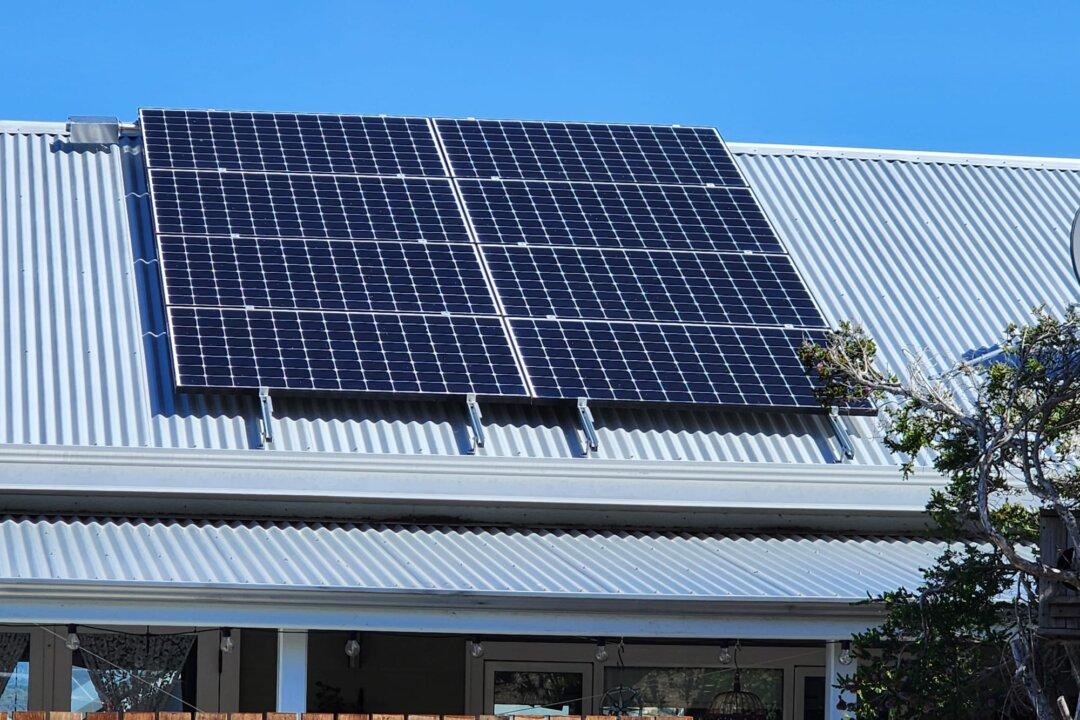Some residents who live in my neighbourhood regularly organise a party, which is usually held on the grassy verge of the street opposite the house of one of the participants. The purpose of the party is to socialise, exchange information, and promote camaraderie.
When I last attended this party, a resident proudly arrived in his new Tesla electric vehicle. The vehicle created a stir among the attendees and generated great curiosity. Seeing a new electric vehicle was a novelty because it was the only vehicle owned by a resident in the neighbourhood. The owner kindly allowed us to look inside the car. He patiently explained its operation and even invited his neighbours to enjoy a short ride in his new electric vehicle.
At the party, I was struck by the fact that electric cars are still a rarity in Australia, and the arrival of such vehicles nurtures the curiosity of people and feeds their imagination. More and more voices can be heard suggesting that the future of electric vehicles in Australia is bright, but just not now.
Behyad Jafari, CEO, Electric Vehicle Council, states in the May issue of the Qantas Magazine that, “It’s certain that the future of the automotive and road transport industries will be powered by electricity” and that “The world’s major markets are taking action to accelerate that with a mix of incentives to encourage consumers to buy an electric vehicle over a petrol or diesel one.”
Jaffari’s assessment rebukes Australia for its inability or unwillingness to promote electric vehicles more effectively. In Australia, a mere 0.75 percent of new cars purchased last year were electric.

Few electric car manufacturers are represented in Australia, with Tesla and Hyundai being the most important or prominent players in the market.
These numbers are surprising because observers would expect automobile manufacturers—in their efforts to work towards an emissions-free future—would be keen to accelerate their electric car offerings in Australia. One would also expect government policies to enthusiastically promote the sale of electric cars and provide tax breaks for manufacturers to achieve a measurable increase in the sale of these cars on the Australian market.
Against this background, the highly charged controversy about the appropriate reduction in carbon emissions and the role that can be played by electric cars continues to dominate the political landscape of Australia.
The push for the introduction of more electric vehicles in Australia’s car market, hides a surprising, largely unknown, and revealing fact: automobile manufacturers in the late 19th century, predominantly, if not exclusively, manufactured only electric cars. Hence, the present clamour for the introduction of electric cars is an attempt to go back to the past!
The story of the early electric cars is largely unknown yet is enlightening. How many people would still recall the remarkable rivalry between two giant race car drivers of electric cars of the latter part of the 19th century? A Belgian race car driver, Camille Jenatzy, was the first driver to drive his electric car to an astonishing speed of 105.88 km per hour in 1899.
This was an incredible feat and unthinkable at the time, considering that cars were a novel invention.
Jenatzy was involved in a feud with a Frenchman, Count Gaston de Chasseloup-Laubat, who was driving an electric Jeantaud car, to increase the speed that could be reached by racing their electric cars. Jenatzy’s car was appropriately called La Jamais Contente, which translates in English as “The Never Satisfied.”

His car was an electric vehicle with a light alloy torpedo-shaped bodywork and batteries. These early pioneers would certainly be astonished to learn of the current land speed of 1223.65 km per hour.
Now, the slow pace at which electric vehicles are being introduced in Australia reminds us of the early, inauspicious beginnings of electric cars.
So, this example of “back to the past” validates the oft-quoted statement “history repeats itself.” But the motivations differ markedly today, of course.
Nowadays, people are motivated by a desire to reduce carbon emissions and to contribute to a cleaner environment, while in the early days of the car industry, electric vehicles were a means to break speed records.






Friends Read Free